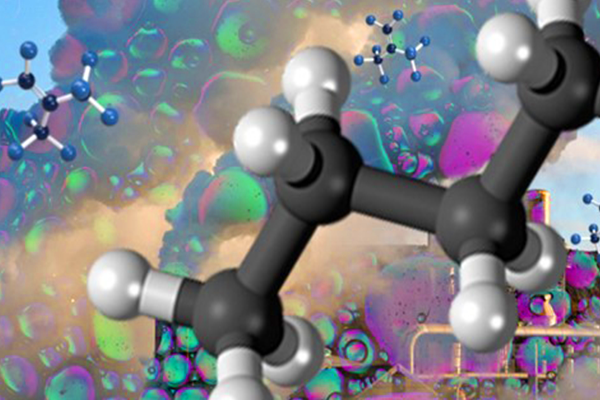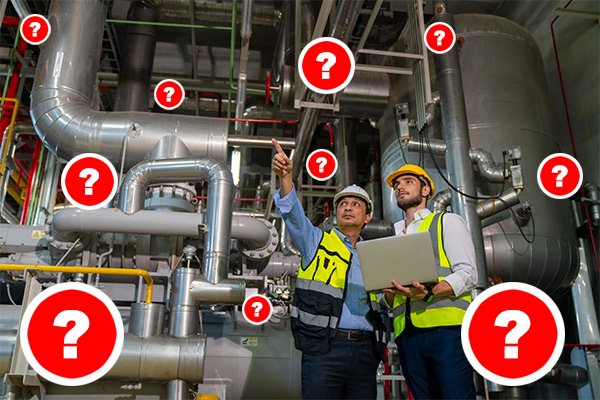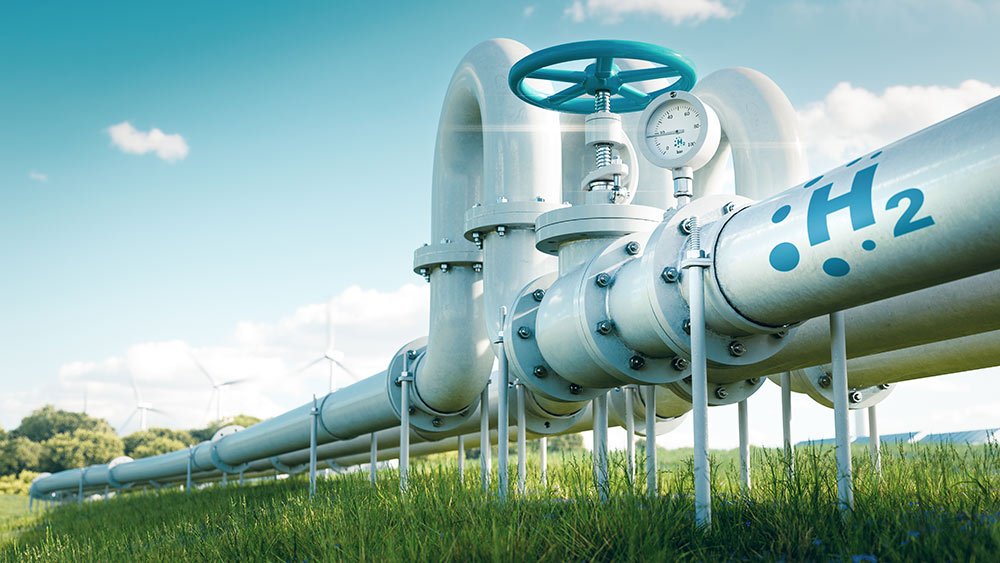Gas Detection
Gas detection is a vital safety solution when working in potentially hazardous environments with a risk of toxic gases in the atmosphere. Here at Rockall, we have a generous variety of different devices available, which can be used to detect explosive atmospheres, oxygen deficiency, and toxic gases in the immediate working space.
Take a look at our gas detection safety news and advice for all the information you need regarding what applications gas detectors are needed for.
Specialising in a wide range of resources that are designed to minimise health and safety risks other than gas detectors, we also provide breathing equipment, fall arrest systems and confined space rescue tools that you can rely on through your day to day operations.
If you have any questions relating to our products or services, don’t hesitate to contact our dedicated sale staff on 0845 3300 447 or email our team at [email protected].

Fixed Gas Monitor Installation with Rockall Safety

PID Detection in the Petrochemical Industry

Positioning Sensors for Fixed Gas Detection






